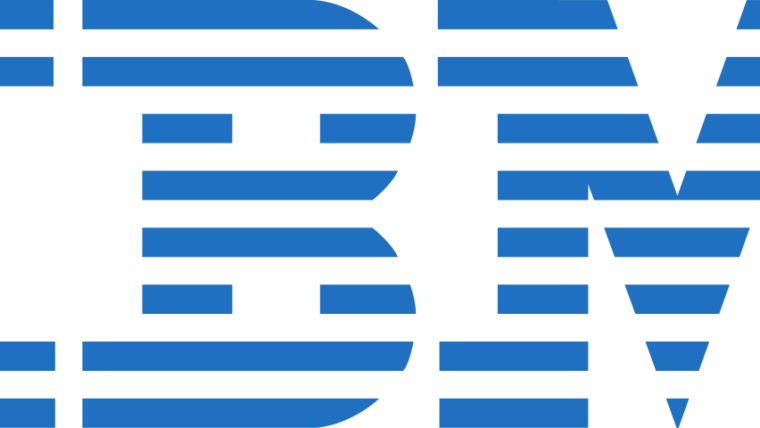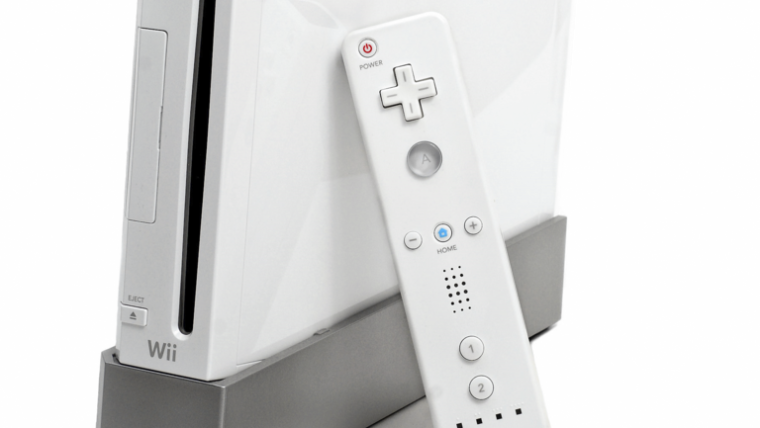
Imagine if a digital interface was like a first date: you want to ensure everything goes smoothly and leaves a great first impression, right? Well, that’s where the magic of UX design waltzes in. It’s all about creating a user-friendly experience that feels as comfortable and inviting as your favorite coffee shop.
Now, marry that with CRO, which is like the behind-the-scenes matchmaker that ensures that a comfy experience also leads to your visitors saying “Yes!” to what you’re offering. So, let’s grab our metaphorical coffee and chat about the heartwarming relationship between UX design and CRO, where functionality meets marketing and creates an experience where everyone swipes right. The next time you have an awards meeting and are looking for corporate plaques, get creative with the design to award your CRO and UX design team for their incredible work in creating a seamless digital experience. Don’t be shy about using analogies and metaphors to explain this concept, as it helps break down complex topics into easily digestible pieces.
Table of Contents
Understanding UX Design and How It Impacts Conversion Rate Optimization (CRO)
At its heart, UX Design is a deep understanding of user needs and creating an environment where they can accomplish their goals seamlessly. It’s like hosting a party – you want your guests to move effortlessly through the space, finding everything they need without awkward confusion. Now, when users flow through a website with that same ease, they’re more likely to convert, whether that means making a purchase, signing up for a newsletter, or filling out a contact form.
That’s where Conversion Rate Optimization swoops in. CRO takes the inviting environment created by UX Design and fine-tunes it to guide users gently towards those conversion goals, like a friendly nudge toward the snack table. Combining UX with CRO is like ensuring not only that everyone enjoys the party but also that they leave with a party favor—in the business world, that favor is a boost in conversions.
Think of your website as a cozy coffee shop where usability and marketing are the baristas and the latte art – one serves you the perfect brew (usability). At the same time, the other entices you with a touch of artistry (marketing). Designing for purpose means creating an online space that is intuitive, user-friendly, and embedded with strategic conversion paths that feel as natural as the aroma of coffee in the morning.
Usability ensures that every patron can easily navigate the menu, find their favorite corner, and settle in without a hitch. Meanwhile, marketing sprinkles in the whipped cream and caramel drizzle are sweet details that catch the eye and encourage patrons to indulge in that pastry they didn’t even know they wanted.
When these elements work in harmony, the customer experience is delightful, memorable, and—ultimately—conversion-friendly. The shared goal is like the perfect cup of coffee; every sip should feel like a warm invitation to come back for more.
Mapping User Journeys to Increase Engagement at Each Touchpoint
Picture a user’s journey like a road trip with multiple scenic stops along the way. Each touchpoint is an opportunity for engagement and travelers to get out, stretch their legs, and interact with the environment. Mapping this journey is like putting together the ultimate travel itinerary; we identify key stops where we can offer unique experiences or valuable information, ensuring a trip that’s not just about the destination but the delightful detours as well.
By understanding the motivations and behaviors at each step, we can craft those stops to be as inviting as a picnic spot by the lake. Maybe it’s a user-friendly FAQ section (like a trusty map at a crossroads) or an eye-catching call-to-action button (like a roadside stand selling homemade pies). The idea is to anticipate and serve the user’s needs before they even have to ask, making each part of their journey feel personal, like we’re right there in the passenger seat, navigating together.
Testing assumptions to uncover blocks and opportunities for improvement
Testing our assumptions is akin to sending out a scout ahead on our road trip to ensure the path is clear and to discover hidden gems we might have missed. It’s about challenging what we know and uncovering truths through A/B testing, user interviews, and heat mapping. These tools act like our trusty GPS, helping us spot traffic jams or detours in the user journey that could prevent them from reaching their destination—the valued action on our site.
By empathetically tapping into honest user feedback, we fish out the prickly hurdles and reveal opportunities to smooth out the ride or add an unexpected moment of delight. Regularly refining our route this way keeps the journey fresh, engaging, and ever-optimized for joyful travel.


